6. Drop Dead Fred
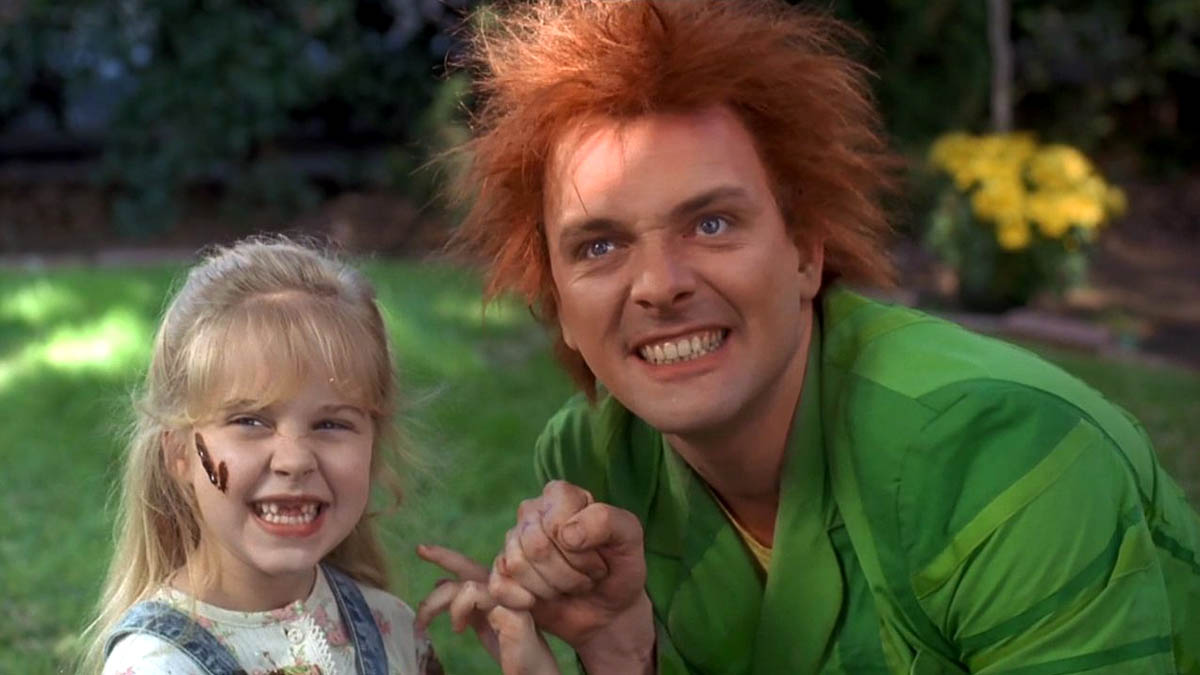
A malicious clown, Freddy Krueger cracks jokes while using finger-knives to skin teenagers. Those one-liners, alongside the drawn-out psychological torture that lead to the victim’s demise, became his signature, separating him from the aimless machete swipes of Jason Voorhees and clumsy chainsaw attacks of Leatherface.
Despite his iconic place in the slasher hall of fame, Mr. Krueger provides only the first example of a horror prankster named Fred. The second psychopath goes by the moniker Drop Dead Fred, and he too disguises his horrific actions with gleeful silliness.
Drop Dead Fred’s protagonist suffers from dissociative identity disorder the same as Norman Bates. Yes, the fiendish Fred exists only in our hero Elizabeth’s mind, but the damage he inflicts generates real pain. When an onslaught of personal setbacks strike, Elizabeth reverts back to her childhood playtime, reuniting with her imaginary friend. But instead of sandbox tea parties, her alter runs amok, smearing dog feces on furniture, setting traps for unsuspecting victims, sneaking peeks up women’s dresses without their permission, and sinking houseboats.
Everyone gets out alive, sure. At least, no one perishes on screen, but the peril Fred engineers produces a deep inner conflict. He stays inside your head, toying with you, ruining your relationships and professional reputation in order to fulfill a misguided contract drawn by a nine-year-old child. Freedom happens only when you bow down to his whim, only when you give in to his desire for destructive devilry, only when you cower back to where he wants to keep you.
7. Melancholia
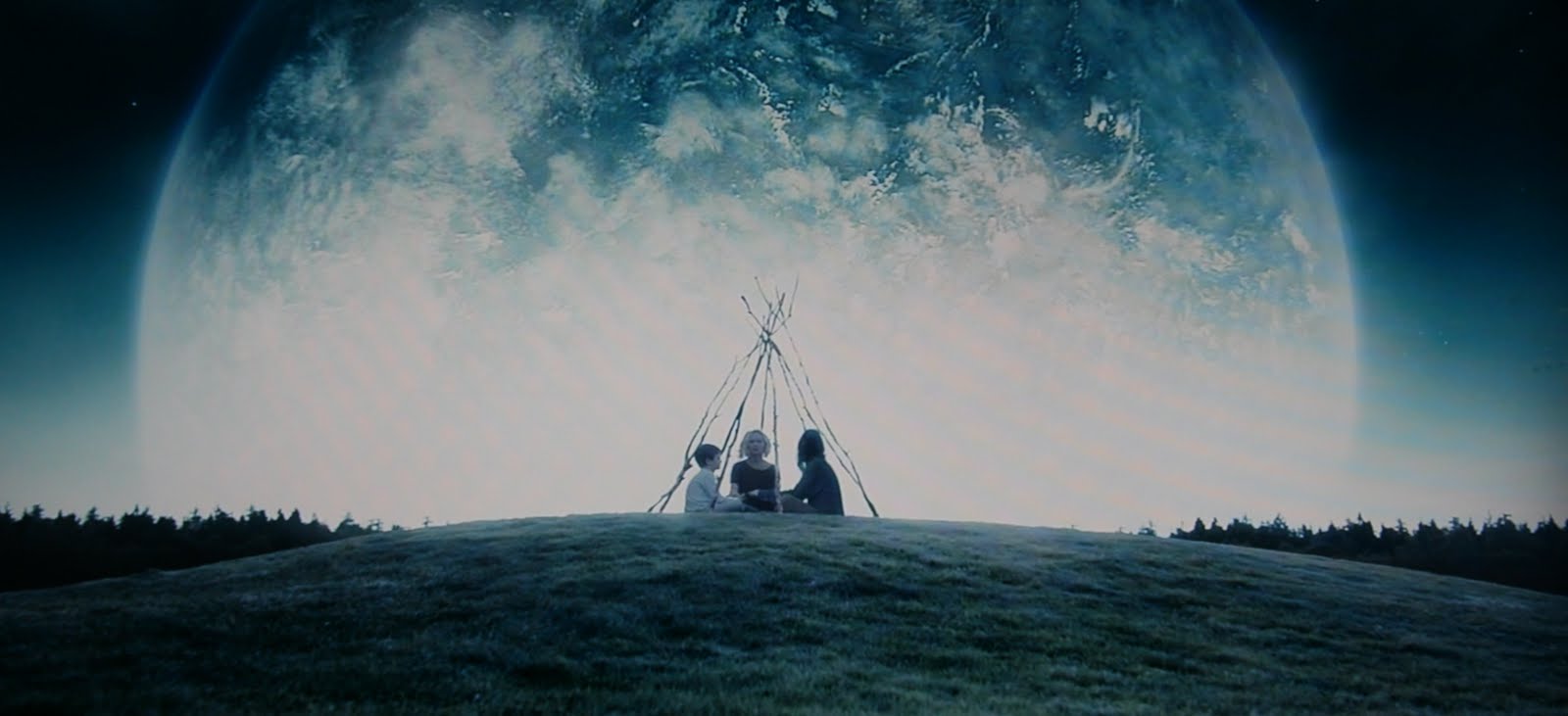
Year after year horror movies that explore grief gain more critical acclaim, but rarely does intense sadness become the actual villain. In Lars Von Trier’s apocalyptic Melancholia, grief itself plays the boogeyman role, taking the shape of a planet set to collide with Earth and kill every living being. In the opening montage, we see a bride, but not the happy kind starting the next phase of her life. As she runs in her sparkling, long-trained dress, an elastic vine grabs hold of her, keeping her back from escape. The question: why run? What chases her?
Sadness, the goblin nipping at her heels, keeps her from living not only the life she dreams about, but any type of existence without consistent pain. When the newly discovered planet—named after sadness itself—hurtles toward Earth, the thought of all life disintegrating provides relief.
What makes Melancholia a scary movie in disguise? Justine, Kirsten Dunst’s hyper-depressive character, plays the role of final girl. The grief monster visits others, but remains most obsessed with taking her life, an enthusiasm similar to that which Michael Myers felt for murdering Laurie Strode.
8. High Life
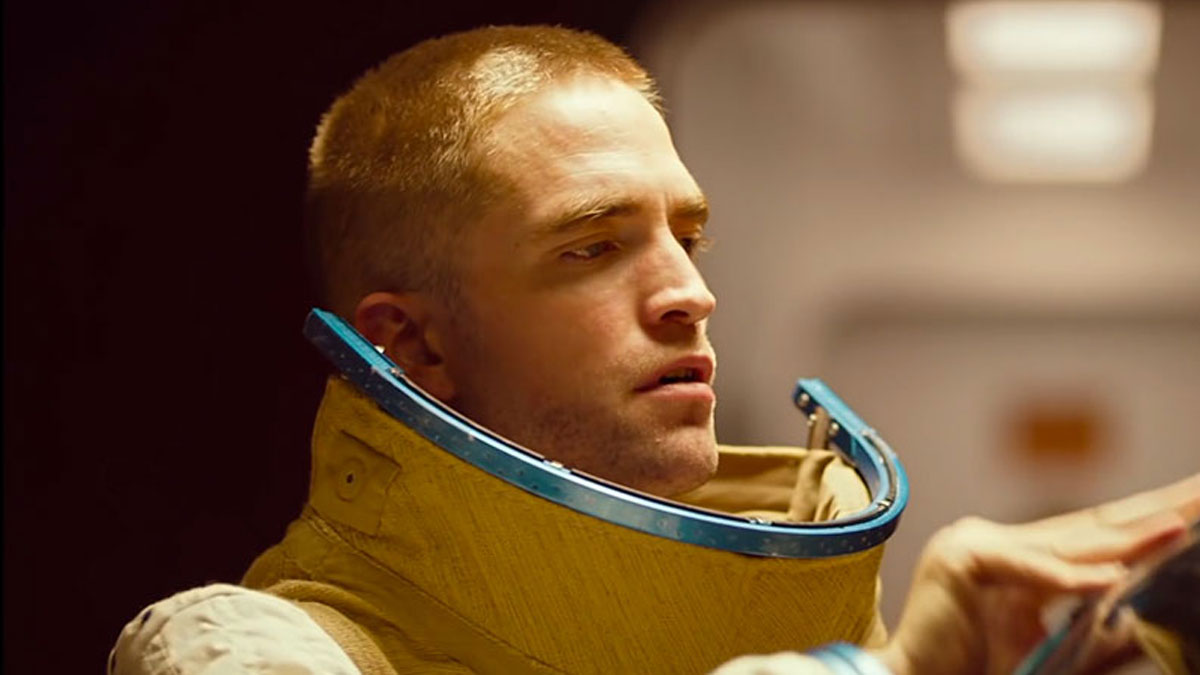
The arthouse crowd christened High Life an “erotic space thriller.” That description, while not untrue, feels a bit gussied up. Because from the opening scene that ironically shows symbols of life and growth to the final hopeless conceit, Claire Denis’ 2018 film fits better as a “woebegone space horror.”
Given the setting, comparisons with Ridley Scott’s Alien seem natural, but while some similarities become apparent, there exists one colossal difference between these interstellar adventures. Ripley and company enjoy the prospect of survival. There shines a glimmer of hope aboard the Nostromo, as Ripley holds a chance of escaping the slobbering Xenomorph.
In High Life, the characters abandon any inkling of optimism, never bothering to dream that life gets better. It makes no sense to do otherwise; the ship’s final destination ends at a black hole for God’s sake. The crew, all of them prison inmates, know about the literal nothingness that waits for them.
Inevitable death aside, Claire Denis made a movie about spaceship passengers whose boredom-turned-insanity drives them to hurt one another. Following the everyday routines of a restless gang of death row inmates, the movie shows how even harvesting sperm from passed out passengers turns into a common activity. With all that insidiousness, what other shelf do we place this movie on?
9. Toy Story
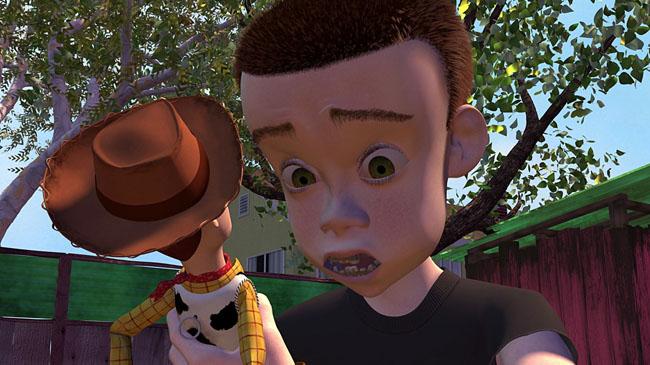
Sheriff Woody enjoyed a privileged existence. His status as favorite toy made the cowboy the big kahuna of Andy’s room. The position came with responsibilities: keeping the toys’ sentience a secret, nurturing their owner’s social emotional learning, and ensuring no troll doll or army man got left behind. Despite the burdens, Woody’s station remained the lantern by which he lived his life. Then Buzz Lightyear enters, usurping the now former beloved toy’s leadership position and sending him into a jealous rage.
Naturally, Woody’s escalating insanity leads him to make an attempt on Buzz’s life. Dark stuff for a supposed kid’s movie, and yet, the near murder serves as only one terrifying element. Yes, the cowboy tries to redeem himself, but this attempt proves itself a solipsistic endeavor, not designed to save a life and correct a misdeed, but to gain favor with the other toys and thus hold onto power.
The scariness sky-rockets from there. The spaceman and cowboy land at a sadistic teenager’s house, undergoing torture comparable to The Passion of the Christ and I Spit on Your Grave. In this way, Toy Story works as a horror double feature—one half revenge saga, the other part torture-centric video nasty.
10. Black Swan
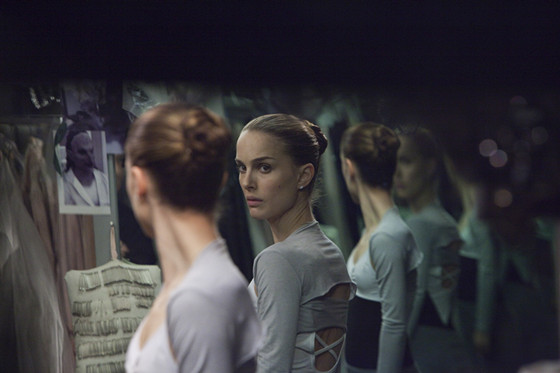
Black Swan begins as director Darren Aronofsky reveals his ballerina protagonist pirouetting beneath a hot spotlight. Where many character-driven stories begin with the subject waking up or at their birth, here we get the protagonist in practice mode.
It makes sense: not much exists in Nina’s life beyond the conquest for mastery of her technique. As she pivots, her movements remain ever-so-precise, perfect but also mechanical. Then we see her competition, the dancers slathering on make-up backstage. Which one poses the most severe threat?
That paranoia continues intensifying until it manifests as a physical form, turning a piece about an elegant art form into a body horror extravaganza. While it remains true that not every film about mental illness belongs under the horror umbrella, this one takes it far beyond the demarcation line.
To put it another way, when an obsession for perfection leads the protagonist to dispatch those who stand in her path to prestige, then you have the trappings of a scary movie. And the fact that her skin bubbles up and sprouts swan feathers? That only helps the case that this one falls under no other classification than body horror.
Author Bio: John Stanford Owen received his MFA from Southern Illinois University, where he also taught English courses. When not penning reviews and essays on cinema, JSO reads and writes poetry, takes walks with his wife and dog, and dances to Radiohead. Connect with him on Twitter @jstanfordowen.